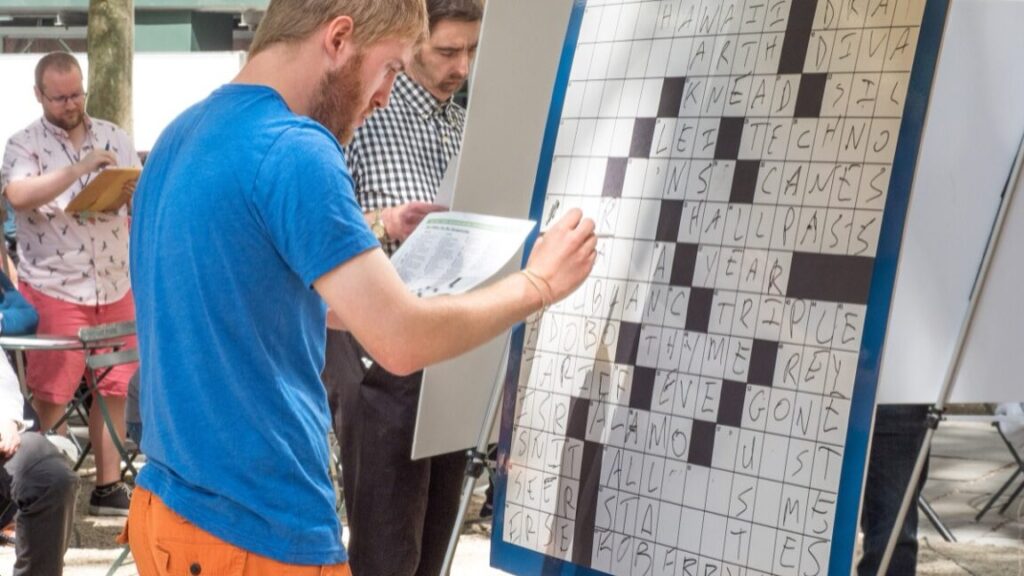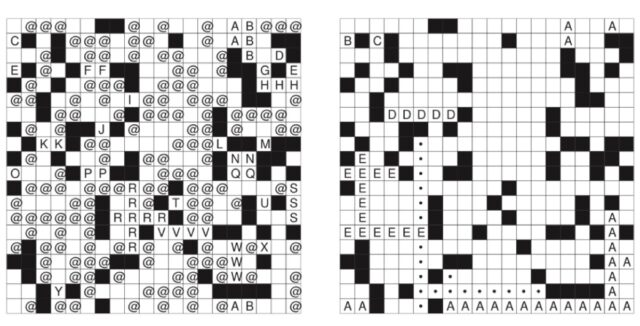Physicists unlock another clue to brewing the perfect espresso
The team initially tried to use a simple home coffee machine for their experiments but eventually partnered with Coffeelab, a major roaster in Poland, and CoffeeMachineSale, the largest global distributor of roasting gear. This brought industrial-grade equipment and much professional coffee expertise to the project: state-of-the-art grinders, for instance, and a cafe-grade espresso machine, tricked out with a pressure sensor, flow meter, and a set of scales. The entire setup was connected to laboratory laptops via a microchip and controlled with custom software that allowed the scientists to precisely monitor pressure, mass, and water flowing through the coffee.
The scientists measured the total dissolved solids to determine the rate at which coffee is dissolved, comparing brews without a channel to those with artificially induced channels. They found that, indeed, channeling adversely affected extraction yields. However, channeling does not have an impact on the rate at which water flows through the espresso puck.
“That is mostly due to the structural rearrangement of coffee grounds under pressure,” Lisicki said. “When the dry coffee puck is hit with water under high pressure—as high as 10 times the atmospheric pressure, so roughly the pressure 100 meters below the sea surface—it compacts and swells up. So even though water can find a preferential path, there is still significant resistance limiting the flow.”
The team is now factoring their results into numerical and theoretical models of porous bed extraction. They are also compiling an atlas of the different kinds of espresso pucks based on micro-CT imaging of the coffee.
“What we have found can help the coffee industry brew with more knowledge,” said Myck. “Many people follow procedures based on unconfirmed intuitions or claims which prove to have confirmation. What’s more, we have really interesting data regarding pressure-induced flow in coffee, the results of which have been a surprise to us as well. Our approach may let us finally understand the magic that happens inside your coffee machine.”
Physicists unlock another clue to brewing the perfect espresso Read More »


